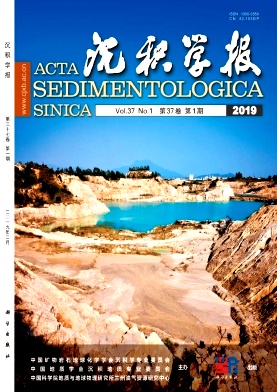Sedimentary Characteristics and Causes of Formation of Diamicts in Diexi, Upper Minjiang River, China
doi: 10.14027/j.issn.1000-0550.2018.098
- Received Date: 2017-11-27
- Rev Recd Date: 2018-01-05
- Publish Date: 2019-02-10
-
Key words:
- dammed lake /
- diamicts /
- outburst deposits /
- sedimentary characteristics /
- outburst flood /
- upper Minjiang River
Abstract: A distinct landslide damming incident occurred during a prehistoric period in the upper Minjiang River at the southeastern margin of the Tibetan Plateau. This formed a very large dammed lake which breached and caused a large outburst flood at about 27 ka. Between the section of the ancient dam and its downstream areas (5 km), an abundance of diamicts have been observed for the first time. We determine that they are outburst deposits induced by breaching of the Diexi paleolandslide-dammed lake. The sedimentary structures of the outburst deposits include imbricates, cavitation, matrix and massive structures, gravel support-stacked, as well as rhythmitic interbedded structures, among others. From upstream to downstream, the thickness of the outburst deposits gradually thins, and the gravel shows a tendency to change from coarse to fine. Hyperconcentrated flood flows and normal stream or fluctuating flows are recorded, indicating contrasting regimes of sediment transport. Also, two kinds of sedimentary facies occur in the outburst deposits: boulder facies, and gravel and sand facies. From the way in which the sedimentary facies developed, at least one catastrophic outburst flood event can be assumed to have occurred in the Diexi paleodammed lake.
| Citation: | MA JunXue, CHEN Jian, CUI ZhiJiu. Sedimentary Characteristics and Causes of Formation of Diamicts in Diexi, Upper Minjiang River, China[J]. Acta Sedimentologica Sinica, 2019, 37(1): 72-85. doi: 10.14027/j.issn.1000-0550.2018.098 |






 DownLoad:
DownLoad: